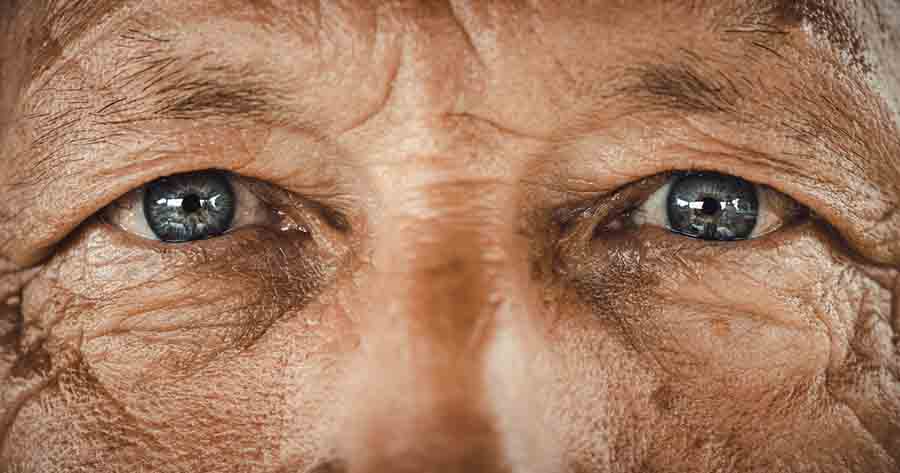We are all aware that the NHS will face some major challenges in the near future and a recent report has outlined some of these challenges (Ham, 2014):
- There has been no significant growth in resources for the NHS, so there is a need for better use of existing resources to generate savings (£30 billion by 2021).
- The UK population is set to grow by 3.5 million between 2010 and 2018, and the number of people over 65 years will increase by 2 million.
- Spending per patient will fall by 9%, despite ring-fencing of NHS budget.
- There is an ageing population with many comorbidities. There are currently 15.4 million people living in England with at least one long-term condition and this is expected to rise to 18 million over next 20 years.
- Costs of new therapies are rising and there are increasing expectations, potentially leading to significant unmet needs and threats to quality of care.
We also know that the incidence of diabetes is growing; figures released in February this year show that there are 3.2 million people with diabetes in the UK (Diabetes UK, 2014). A high proportion of those people will require blood glucose monitoring to help assess the effectiveness of their prescribed treatment. Depending on which side of the fence you sit on, this will determine how valuable you perceive blood glucose monitoring to be. For example, if you are a member of the local Medicines Management Team, you may see blood glucose monitoring as an expensive waste of money for most people with type 2 diabetes; however, if you are a person with type 2 diabetes who is engaged with your diabetes care and uses the results from blood glucose monitoring to adjust dietary intake and physical activity to enable you to achieve target blood glucose levels, you will probably agree that this will save the NHS money through a reduction in costly long-term complications. It is known that the largest portion of the NHS diabetes budget is spent on treating long-term complications, not on day-to-day medication (Diabetes UK, 2012).
The debate about the value of blood glucose monitoring has continued for a long time without any recent evidence or information to guide this debate. Until now, the last document to offer any support to the argument was the last consensus document by Owens et al (2004).
TREND-UK recognised this gap and set about producing a consensus document on blood glucose monitoring. This document lays out both the positive and negative aspects of using blood glucose monitoring as a tool and is designed to assist both healthcare professionals and people with diabetes in having a balanced discussion about the options available and the true value of monitoring blood glucose.
A number of healthcare professionals and people with diabetes contributed to the development of this document to ensure its impartiality and credibility. TREND-UK hope this document will support both healthcare professionals and people with diabetes to appreciate the appropriate use and value of blood glucose monitoring, particularly as a tool to assist the implementation of individual care plans and achieve better health outcomes.
You can find a copy of this TREND-UK consensus document on blood glucose monitoring in the centre pages of this issue of Journal of Diabetes Nursing.





Su Down looks back on a year of change and achievement.
17 Dec 2024